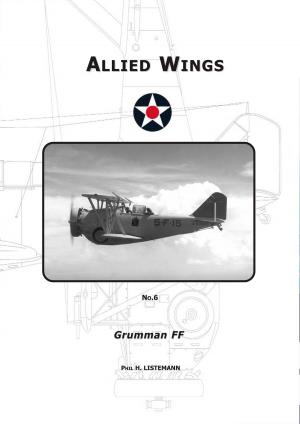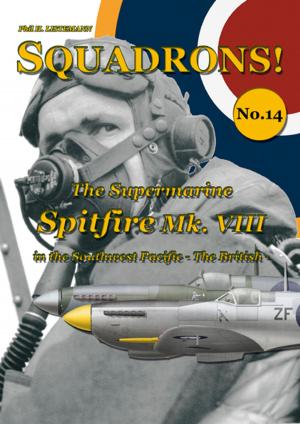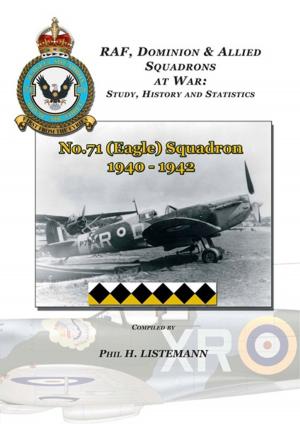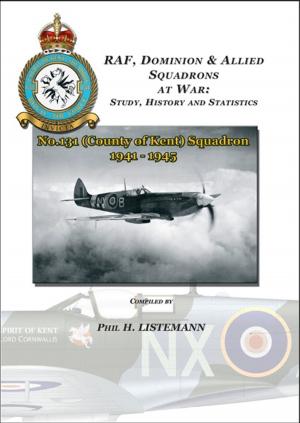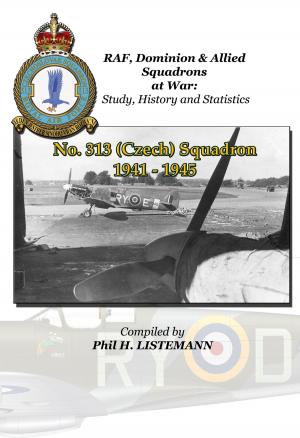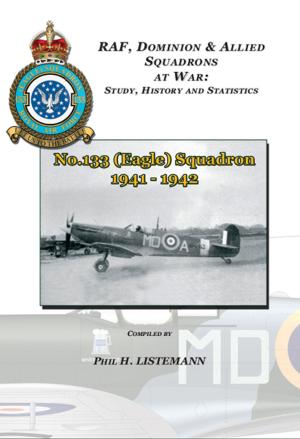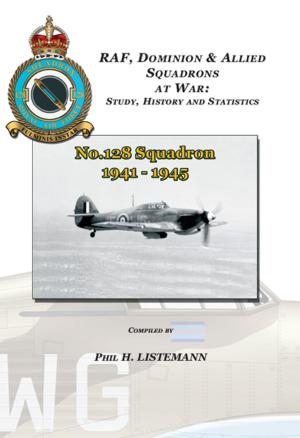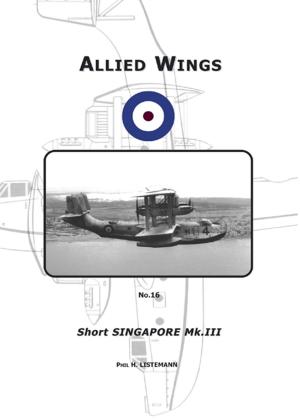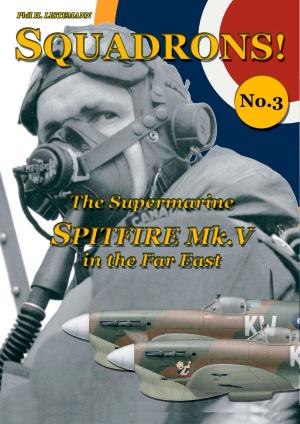The Supermarine Spitfire Mk V
- The 'Bombay' Squadrons -
Nonfiction, Home & Garden, Crafts & Hobbies, Models, Reference & Language, Transportation, Aviation, History, Military| Author: | Phil H. Listemann | ISBN: | 9791096490295 |
| Publisher: | Philedition | Publication: | August 21, 2018 |
| Imprint: | Philedition | Language: | English |
| Author: | Phil H. Listemann |
| ISBN: | 9791096490295 |
| Publisher: | Philedition |
| Publication: | August 21, 2018 |
| Imprint: | Philedition |
| Language: | English |
Paradoxically, the Mk.V, which ended up being the most numerous variant of the famous fighter built, was not even an intended development of the design. Indeed, it was only considered because of the abandonment of the Spitfire Mk.III. As the Luftwaffe was continually improving its formidable Messerschmitt Bf 109, the latest version of which, the Bf 109F, clearly outclassed the Spitfire Mk.II, the British had no other option but to rapidly find a successor to the latter. At this time, at the end of 1940, the British did not know what the Germans' were planning and expected them to carry on undertaking daylight raids upon the return of nicer weather. The RAF, therefore, wanted to be ready to counter the new German fighter developments. A solution was soon found by mounting a Merlin 45 (former Merlin III), a simplified version of the Merlin XX, on a slightly strengthened Spitfire Mk.I or Mk.II airframe. Several Spitfires were thus modified, with either a Merlin 45 or Merlin 46, during the first weeks of 1941. The resulting feedback was good and the Air Ministry requested that Supermarine modify, as early as possible, Spitfires already on the assembly lines so they could be put into service as rapidly as possible. This is how the Spitfire Mk.V came to be. In 1941, the Spitfire Mk V progressively became the backbone of the Fighter Command while new squadrons were formed that year. Some were called 'Gift' squadrons and named after a country, region or organization that had donated sufficient funds to equip one or more units. Of these, two were connected to the City of Bombay: No. 122 and No. 132 and the book is made of 34 pages with about 30 photographs and five color profiles.
Paradoxically, the Mk.V, which ended up being the most numerous variant of the famous fighter built, was not even an intended development of the design. Indeed, it was only considered because of the abandonment of the Spitfire Mk.III. As the Luftwaffe was continually improving its formidable Messerschmitt Bf 109, the latest version of which, the Bf 109F, clearly outclassed the Spitfire Mk.II, the British had no other option but to rapidly find a successor to the latter. At this time, at the end of 1940, the British did not know what the Germans' were planning and expected them to carry on undertaking daylight raids upon the return of nicer weather. The RAF, therefore, wanted to be ready to counter the new German fighter developments. A solution was soon found by mounting a Merlin 45 (former Merlin III), a simplified version of the Merlin XX, on a slightly strengthened Spitfire Mk.I or Mk.II airframe. Several Spitfires were thus modified, with either a Merlin 45 or Merlin 46, during the first weeks of 1941. The resulting feedback was good and the Air Ministry requested that Supermarine modify, as early as possible, Spitfires already on the assembly lines so they could be put into service as rapidly as possible. This is how the Spitfire Mk.V came to be. In 1941, the Spitfire Mk V progressively became the backbone of the Fighter Command while new squadrons were formed that year. Some were called 'Gift' squadrons and named after a country, region or organization that had donated sufficient funds to equip one or more units. Of these, two were connected to the City of Bombay: No. 122 and No. 132 and the book is made of 34 pages with about 30 photographs and five color profiles.


